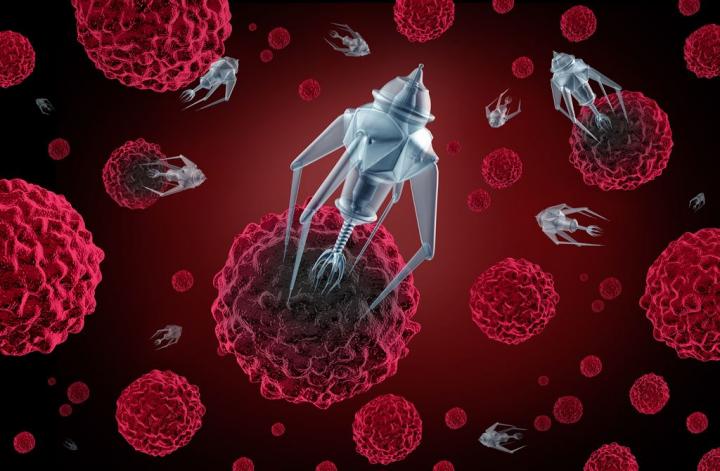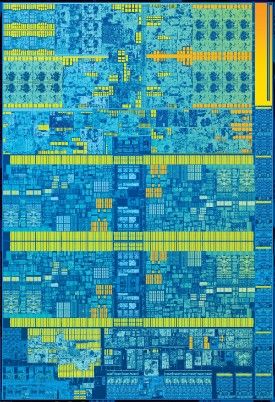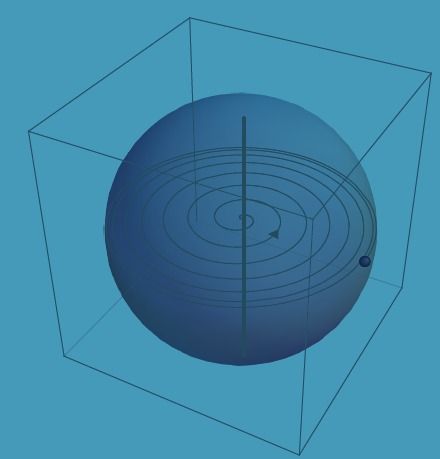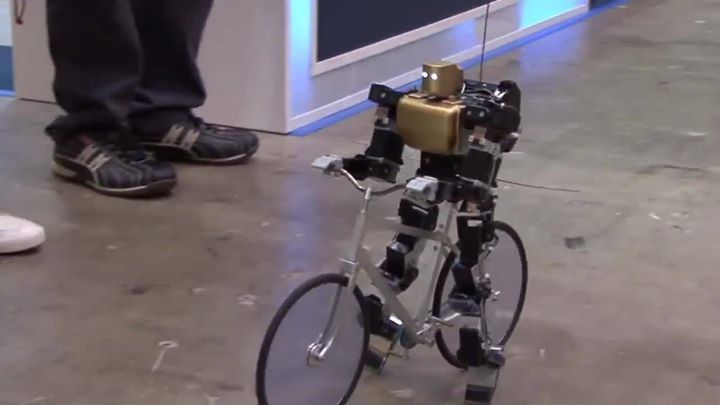The media is all-abuzz with tales of Artificial Intelligence (AI). The provocative two-letter symbol conjures up images of invading autonomous robot drones and Terminator-like machines wreaking havoc on mankind. Then there’s the pervading presence of deep learning and big data, also referred to as artificial intelligence. This might leave some of us wondering, is artificial intelligence one or all of these things?
In that sense, AI leaves a bit of an ambiguous trail – there does not seem to be a clear definition, even amongst scientists and researchers in the field. There are certainly many different branches of AI. I asked Dr. Roger Schank, Professor Emeritus at Northwestern University, for a more clear definition; he told me that artificial intelligence is not big data and deep learning algorithms, at least not in the pure sense of the definition.
Roger emphasizes that intelligence has everything to do with the intersection of learning and interaction and memory. “I will tell you the number one thing people do, it’s pretty obvious – they talk to each other. Guess how hard that is? That is phenomenally hard, that is the subsection of AI called natural language processing, the part that I worked on my whole life, and I understand how far away we are from that.”
Take a “simple” AI concept, such as how to create a computer that plays chess, to better understand the challenge. There are, more or less, two approaches to creating an intelligent machine that can play chess like a champion. The first approach requires programming the computer to predict thousands of moves ahead of time, while the second approach involves building a computer system that tries to imitate a grand master. In the historical pursuit of how to create an artificially intelligent entity, a vast majority of scientists chose the first option of programming based on prediction.
Continue reading “Finding Artificial Intelligence Through Storytelling — An Interview with Dr. Roger Schank” »

















